Zara: An eyewitness account of Halabja and Anfal Genocide
Genocide 03:14 PM - 2021-10-23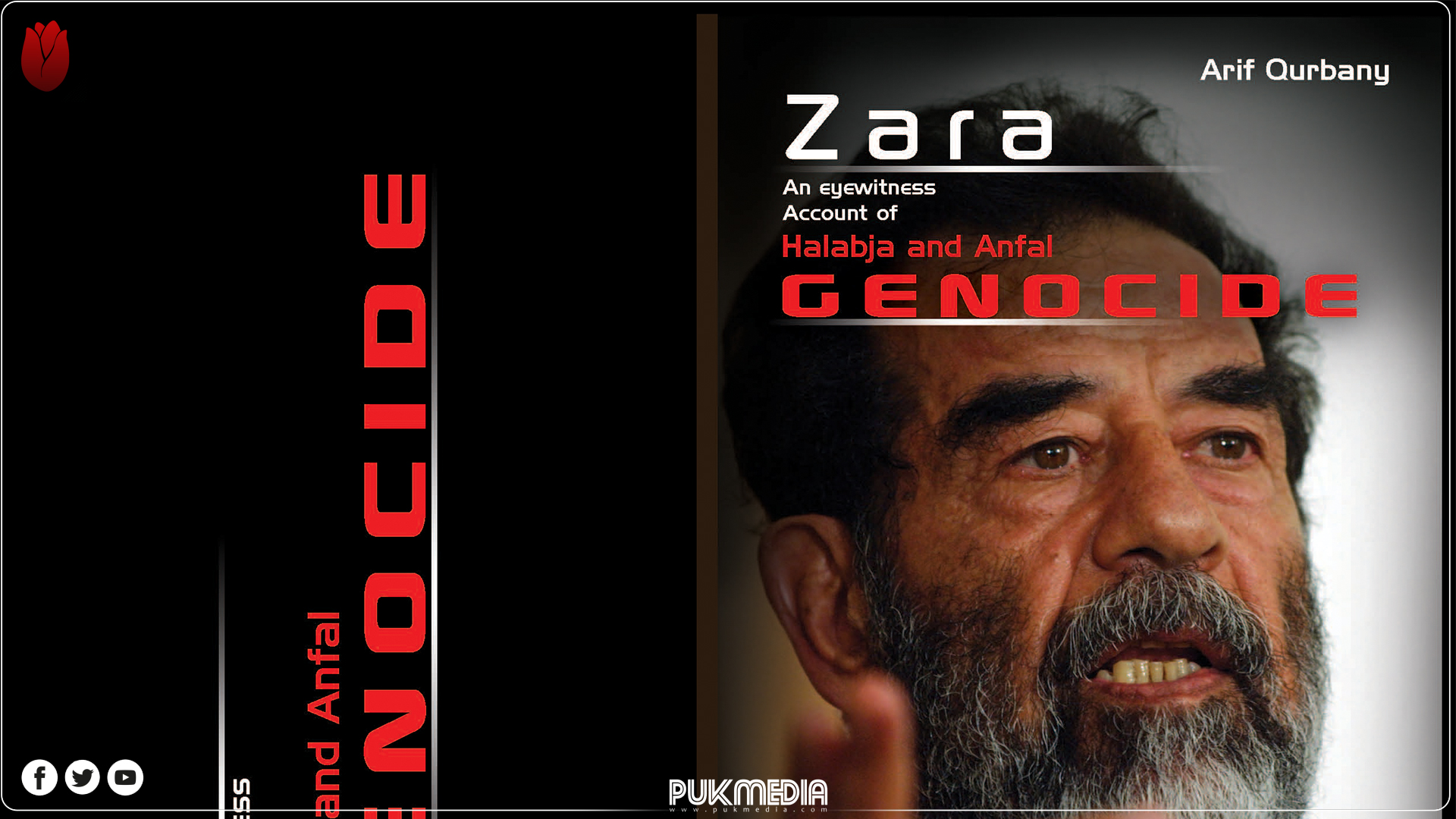
'Zara' is one of the Kurdish writer Arif Qurbany's collection of books on the genocide of the Kurds by the notorious Baath regime.
The book has been translated to English by the Kurdish writer and academic Abdulkarim Uzeri.
On his journey to look for information, documents, and evidence to write his book on the Anfal Campaign, Arif Qurbany came across a lady who has witnessed almost all the atrocities that happened to the Kurds.
The lady's name is Zara Karim Rahim. She was born in 1966 in in the town of Biara which is the official
center of Hawraman district in Halabja. She is also an eyewitness to the heinous Halabja massacre and the Anfal campaign.
"We had a very happy life, we all loved each other. We worked together, helped each other in the orchards, and knitted woolen Kurdish shoes (known locally as Klash) at home. In addition, my father was an employee in the local municipality office getting a fairly good salary. We could afford anything we needed," Rahim told the writer as she talked about her early life.
"This happiness didn‟t last long... In 1974, when I was just eight years old, I saw the Iraqi warplanes bombarding the peaceful city of Halabja," she added.
In the book Zara Karim Rahim talks about the horrible situation that she witnessed in camps and in exile as her situation got worse following the Iran-Iraq war and her fleeing to Iran.
The Baath regime's campaigns against the Kurdish people were numerous and included a wide range of crimes.
The campaigns started with the Arabization of inhabited areas in the southern part of Kurdistan including Kirkuk city and several towns like Khanaqin, Makhmur, and Shengal. The original Kurdish inhabitants were forced out of their homes without being allowed to take their basic necessities, while the Arabs who occupied these houses received them for free, over and above the fact that they had already been given cash as an inducement to reside in Kurdistan.
In 1983, eight thousand young men were rounded up at gunpoint and taken to some unknown destinations in the south of Iraq. Thereafter, they all disappeared, and even foreign diplomatic efforts have failed to trace a single person.
Reports from Iraqi military sources indicate that they were used as guinea pigs to test the effects of various chemical agents.
Another horrific feature of the Iraqi campaign was the regime's resorting to chemical weapons against civilian populations!
On April 16, 1987, a chemical attack on the Balisan valley near Erbil killed dozens of civilians. On March 16, 1988, a sustained chemical attack was launched on Halabja, where roughly 5 thousand civilians died and many more thousands were seriously injured.
The largest genocide committed against the Iraqi Kurds by Saddam Hussein's regime was in 1988 which was one of the most systematic mass killings.
Although 182,000 victims have been documented, there are tens of thousands of victims who have not been recorded: the unnamed newborn infants, the unborn children of pregnant mothers, the many people who were shot and killed by the infantry and the air force as they escaped on foot and those who died by starvation and diseases.
The author dedicated his book to Peter Galbraith who made Americans aware of genocides against Kurds.
Tap here to read the full book...
PUKmedia
More news
-
Media & Awareness Bureau Receives Russian CG
08:28 PM - 2024-04-18 -
PUK President: We Support Yazidis in Protecting their Rights
04:51 PM - 2024-04-17 -
DPM Talabani: Elections Must Be Held Promptly Without Further Delay
05:53 PM - 2024-04-16 -
PUK & UNAMI Emphasise Holding Timely Elections
05:28 PM - 2024-04-16
see more
Leadership Council Publishes Official Statement on Thursday’s Meeting
07:48 PM - 2024-04-18
IHEC Determines Kurdistan Parliamentary Election Campaign Date
01:37 PM - 2024-04-18
PUK President: Elections Would Develop Our Experience
05:06 PM - 2024-04-17
The 8th Sulaymaniyah Forum Takes Place Today
10:33 AM - 2024-04-17
Most read
-
PUK President: PUK is Ready for Elections
P.U.K 09:29 PM - 2024-04-18 -
Media & Awareness Bureau Receives Russian CG
P.U.K 08:28 PM - 2024-04-18

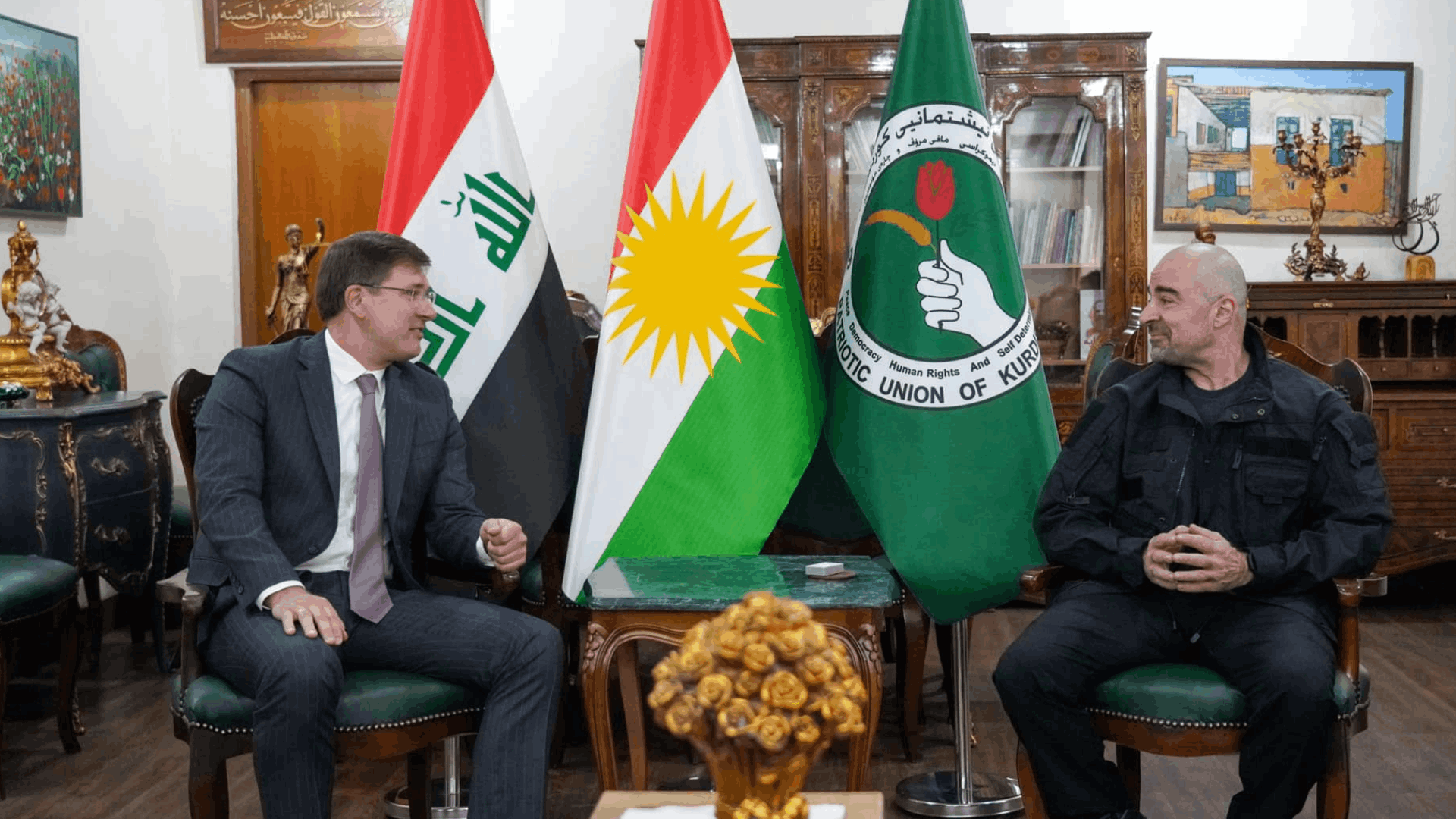
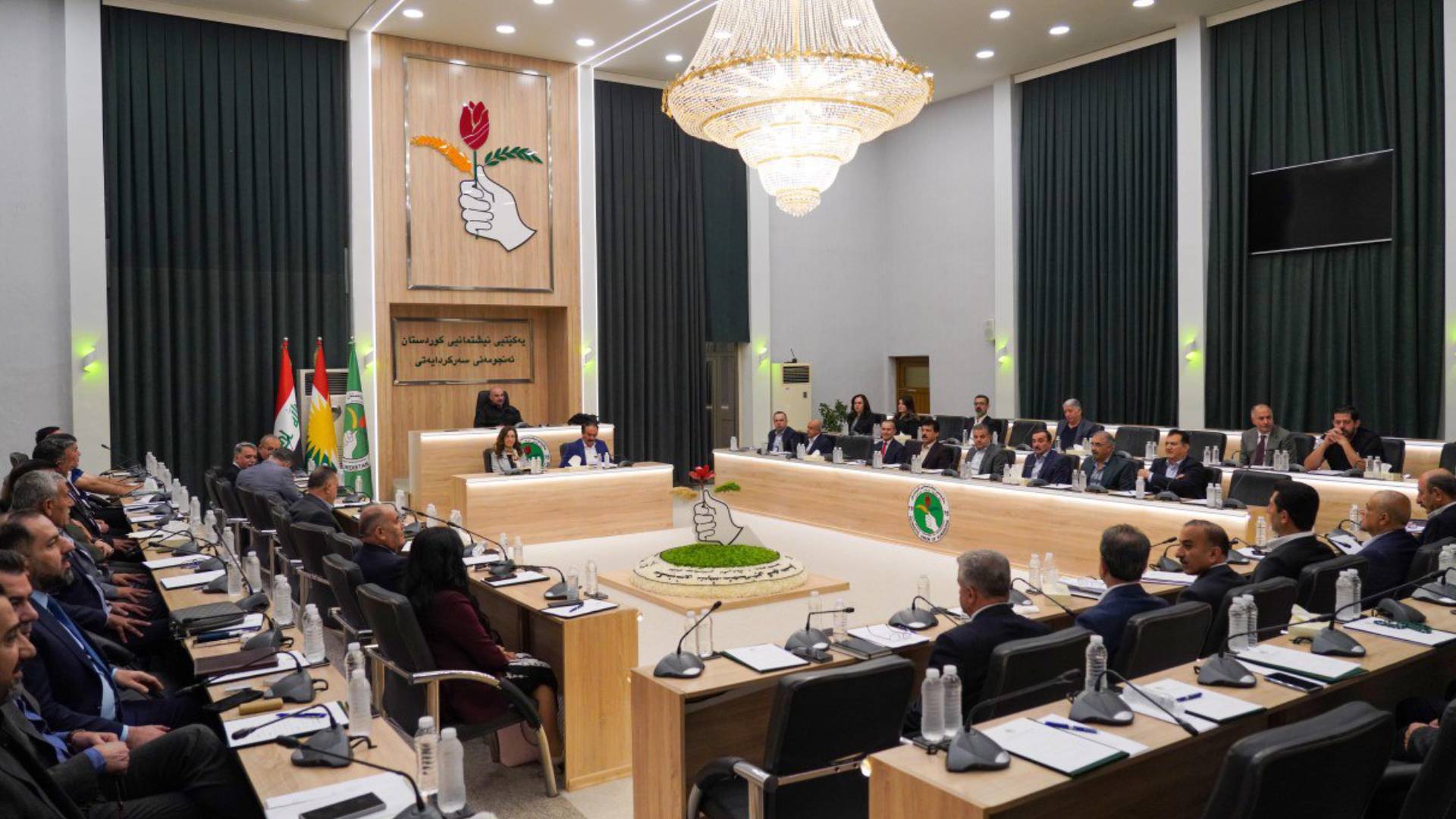
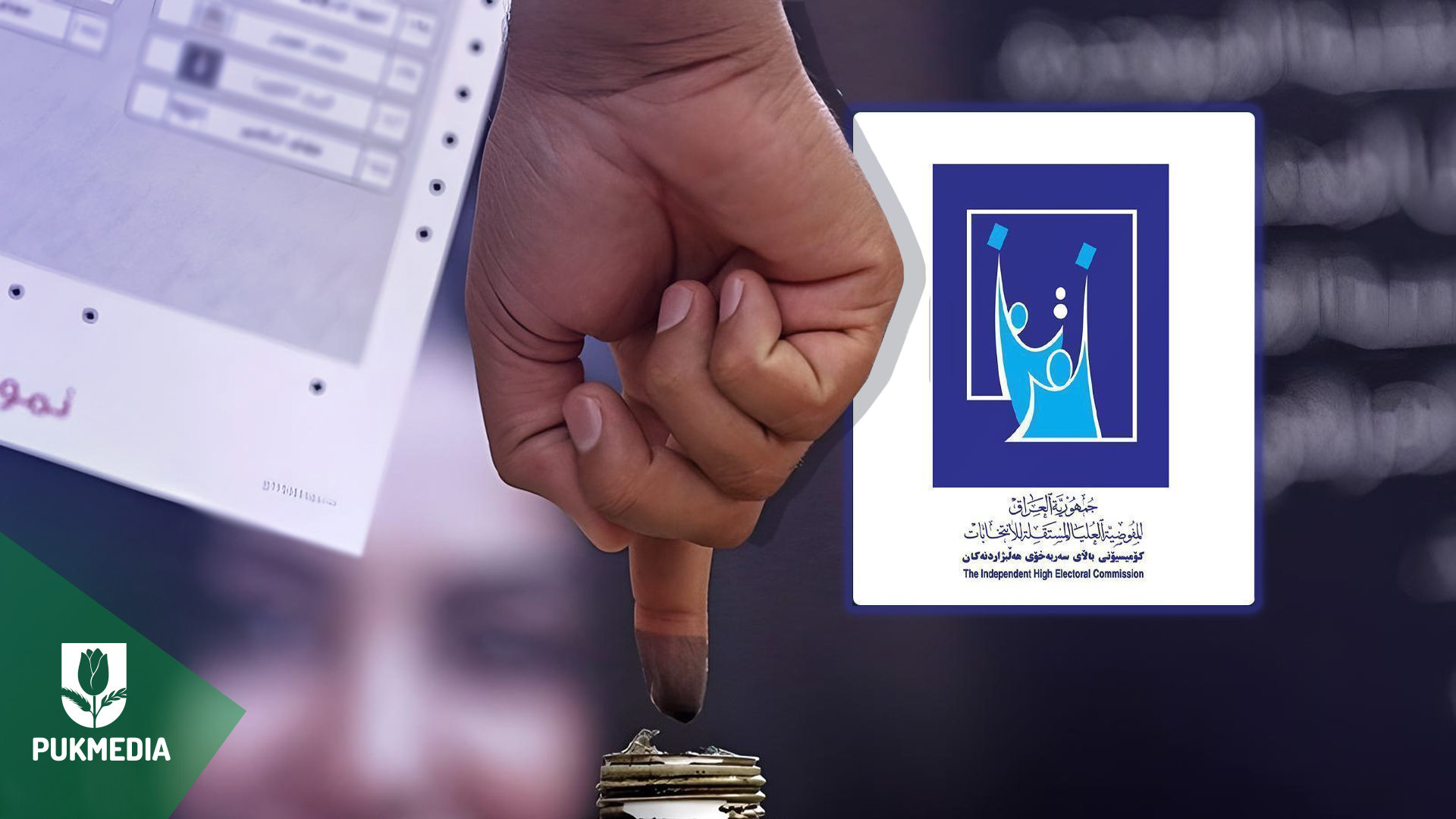
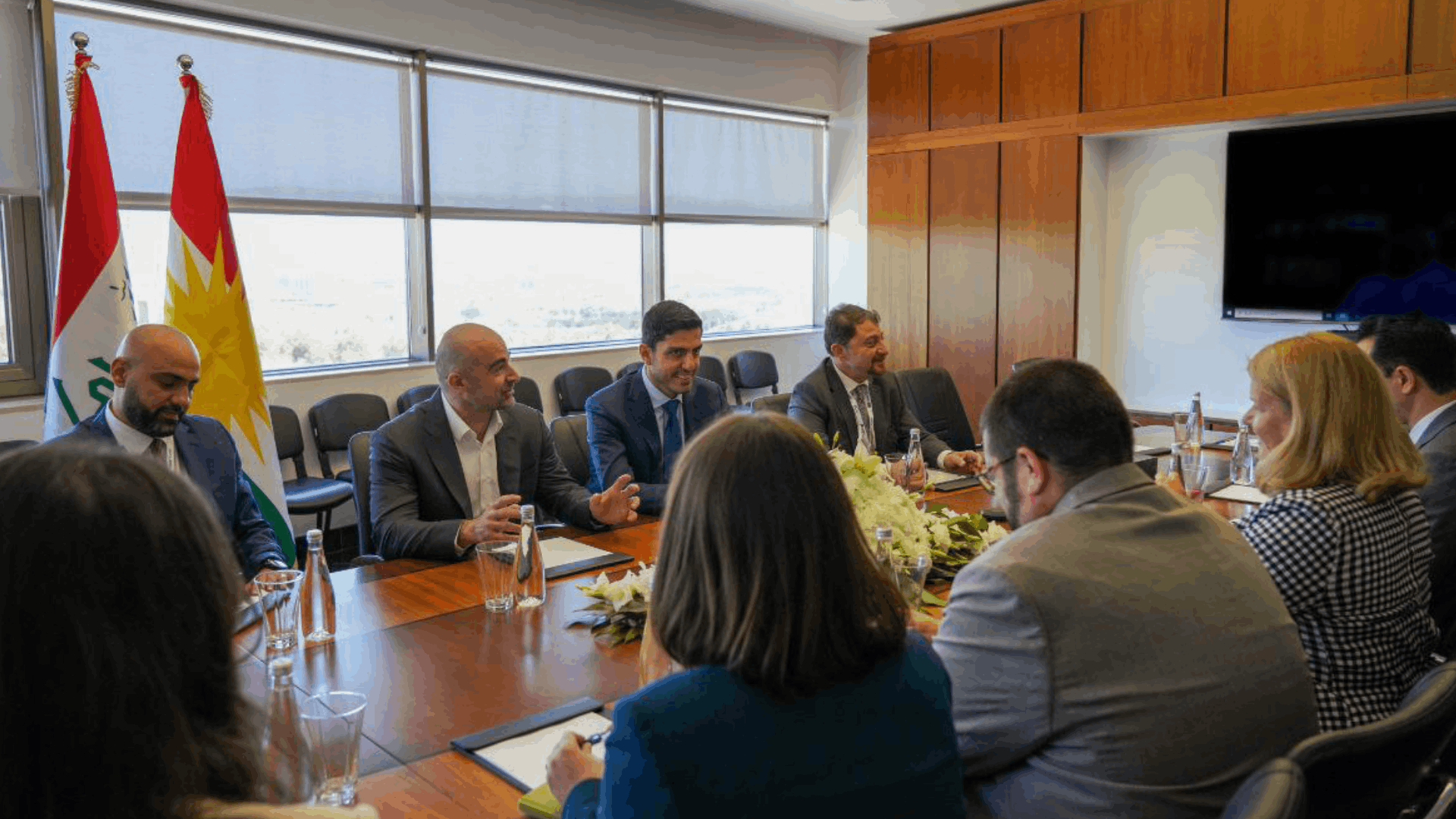
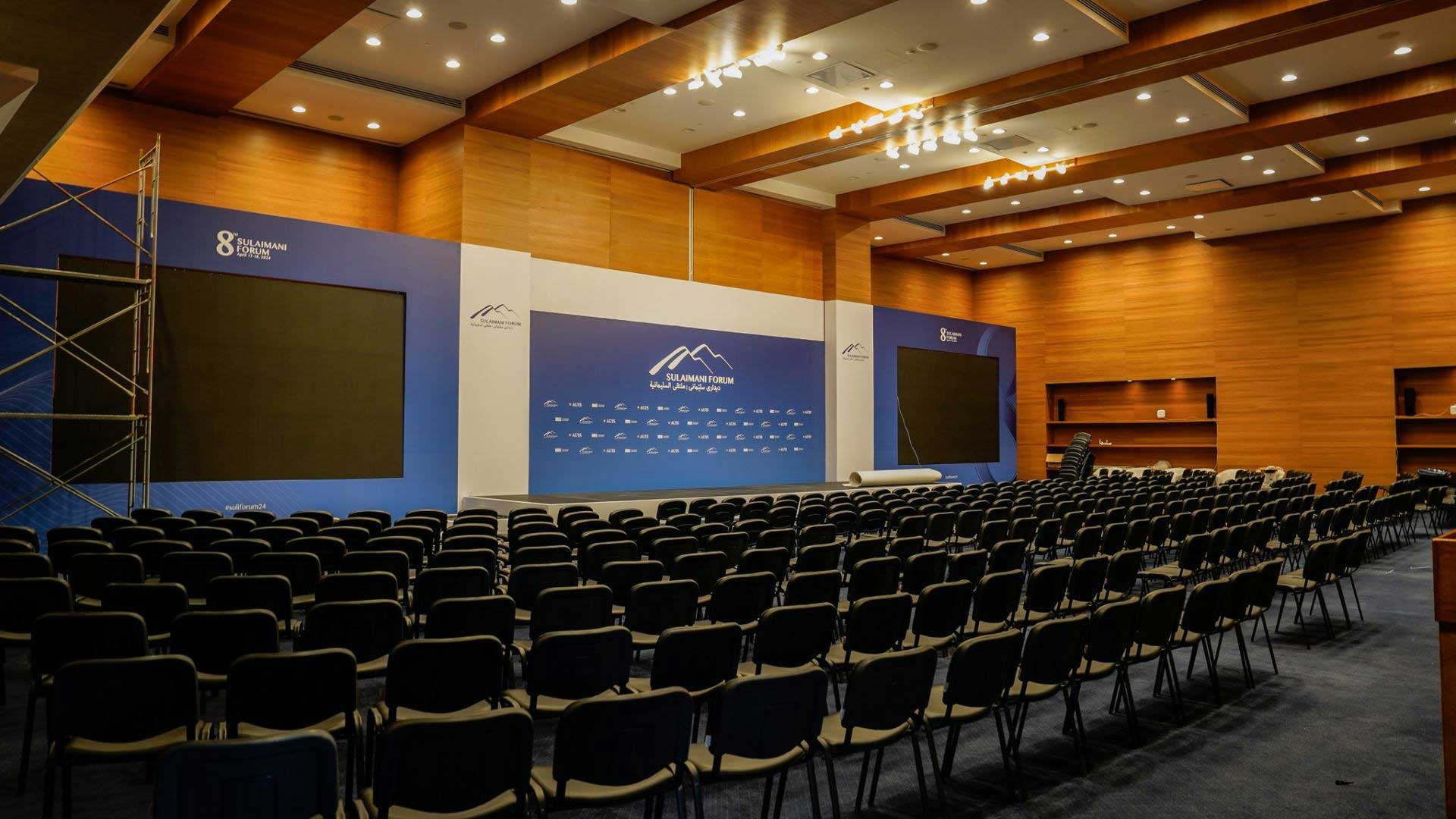
 Application
Application


